For the things we have to learn before we can do them, we learn by doing them. – Aristotle
The above-mentioned thought is completely applicable in learning science. It is easy to implement learning by doing in the classroom, when science labs and teaching tools are handy for the teachers. Now when the physical classrooms are replaced by virtual lessons, things are different. Active learning plays an important role in engaging the students in the virtual lessons. Demonstrations, experiments, simulations and solving puzzles are ways to initiate active learning in the classroom.
The formative lab experiences are always memorable for any student. As a teacher, my own experience as a student in the science lab helped me in loving the subject. Specifically, one incidence is very clear in my memory when my science teacher showed me an amoeba and a paramoecium under the microscope in Grade Six. The microscopic image that I had visualized at that minute had a macroscopic WOW experience and acted as the motivation factor for loving science as a subject. Having the personal experience of learning science by observing and doing, encourages the teacher in me to apply the same in my classroom.
In the recent unit of integrated sciences, as a MYP teacher, to make the students learn the concept of energy transfer and conservation, we used props, demonstrations and simulations. The students learn about the subject in a much better way on their own when they make observations, notice patterns, and visualize the situations. Teacher demonstrations provide students with experiences of real events, phenomena and processes.
To explain the idea of variables and constants in an investigation, a simple experiment was designed and demonstrated by using readily available things at home. Experiments are useful in introducing new ideas or to clarify puzzling aspects of topics with which students typically struggle.
Some methods to initiate active learning in virtual classrooms are:
- Using a timer, students focus better under the clock.
- Using colours and animations in PowerPoint presentations.
- Giving quiz and challenge tasks to the students.
- Using props and visualization. For example: To explain the factors affecting the potential and kinetic energy, a Soccer ball, douche ball and a ping-pong ball was used and visualization of multiple situations.
- Creating and using mnemonic devices. For example: Remembering MRS. NERG to remember the seven life characteristics.
Learning to teach science online, by overcoming or accepting necessary compromises, we may bring the magic of science to all the students.
Some highlights:
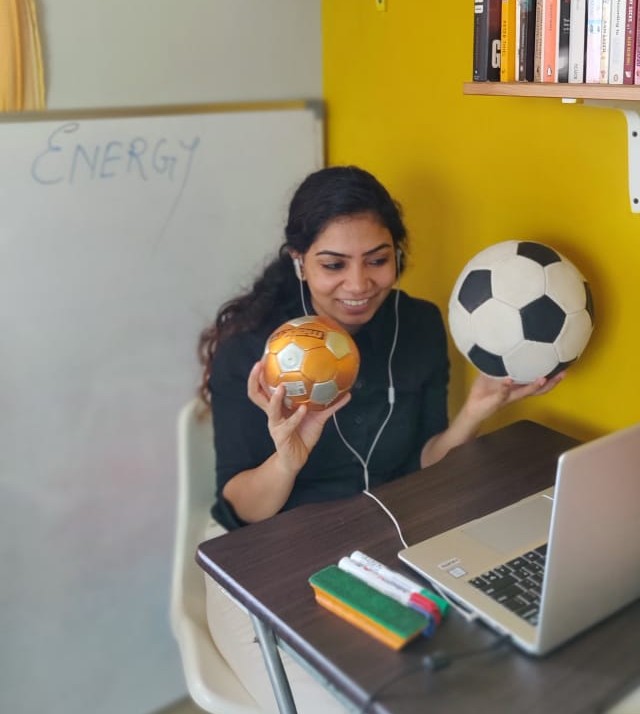
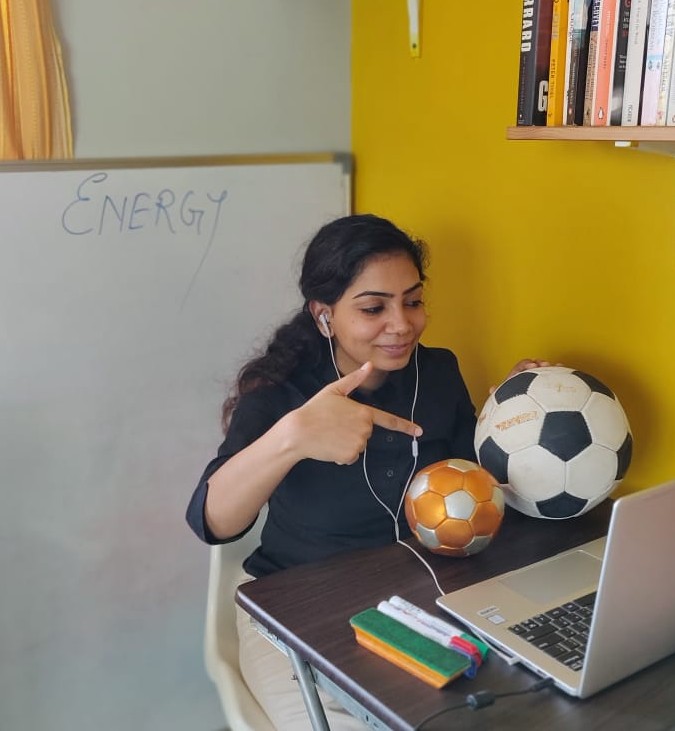
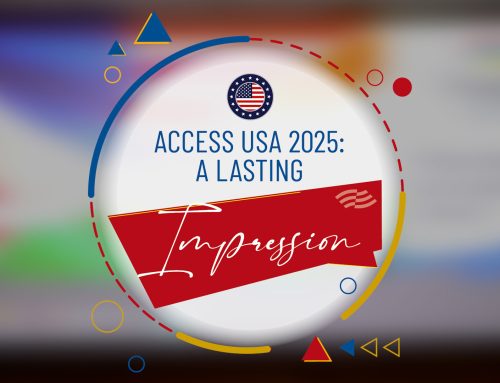

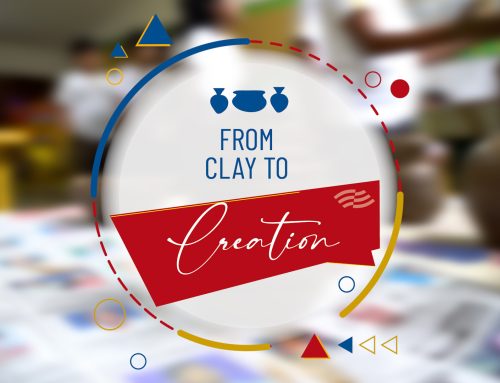
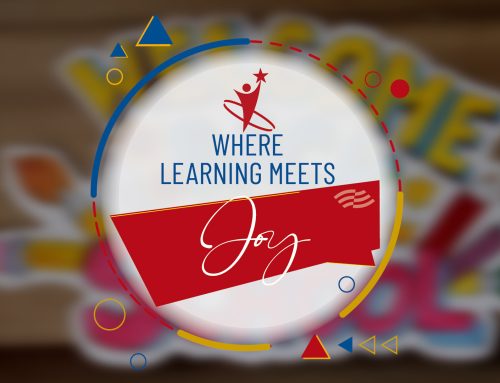

Leave A Comment